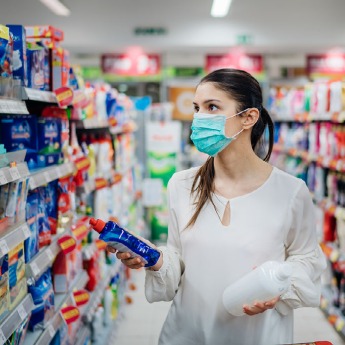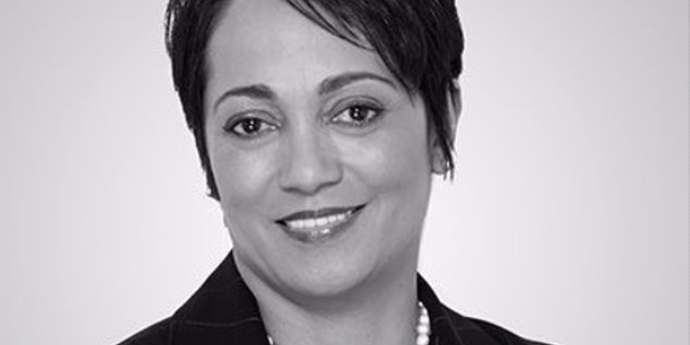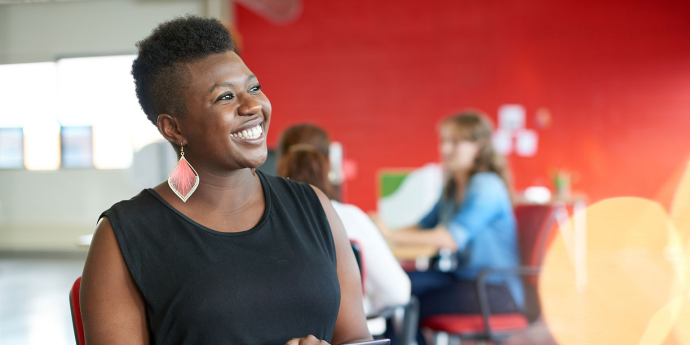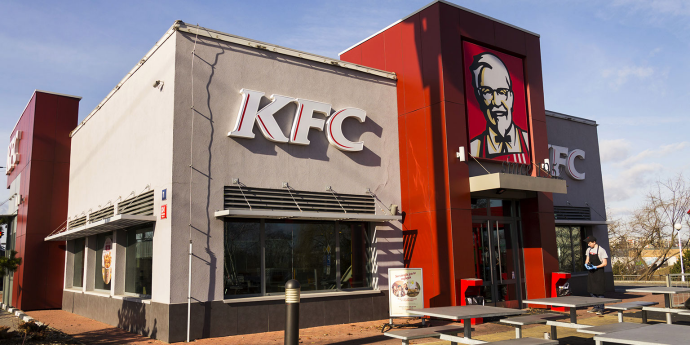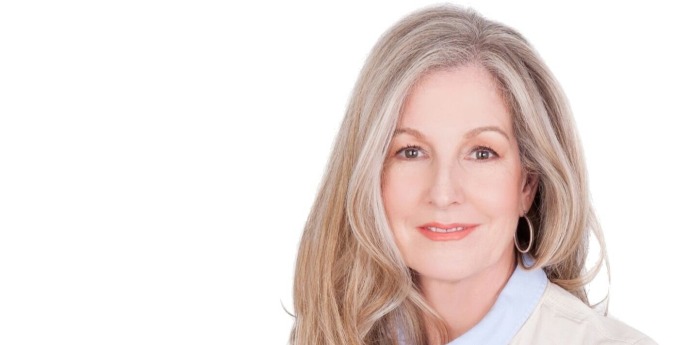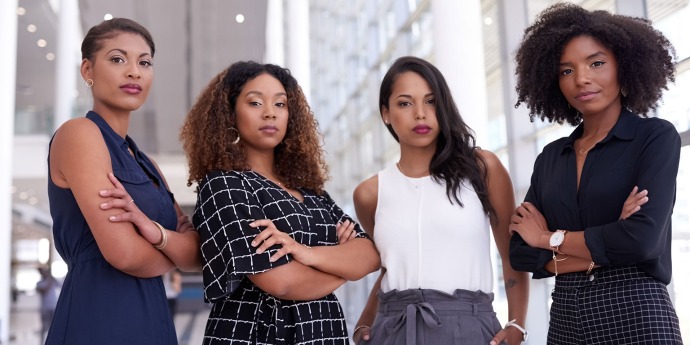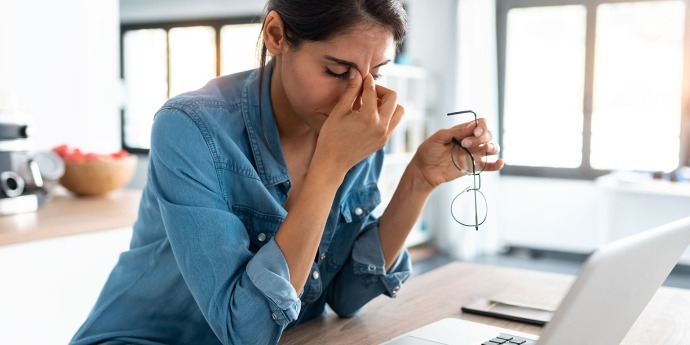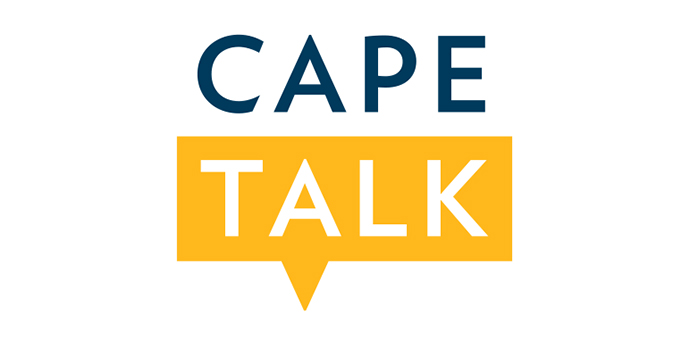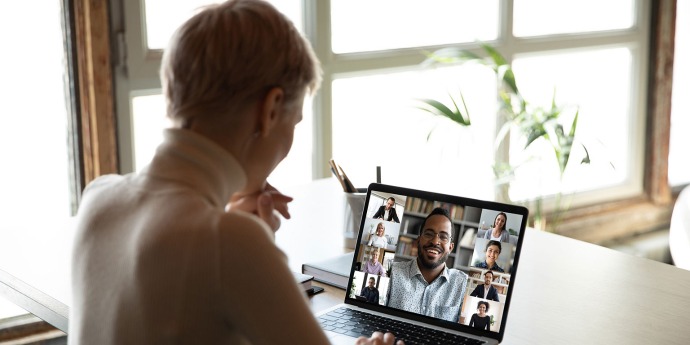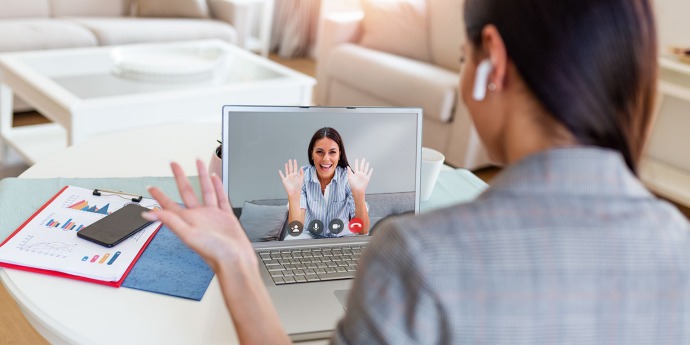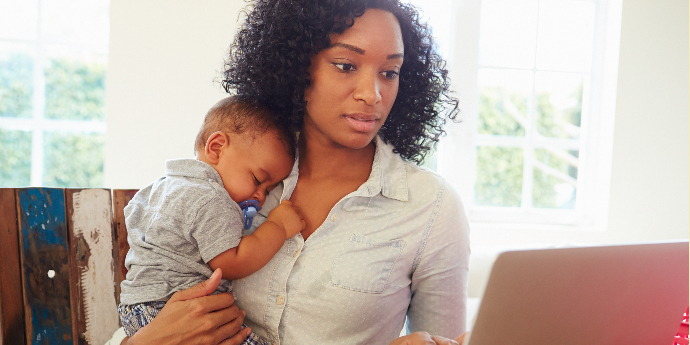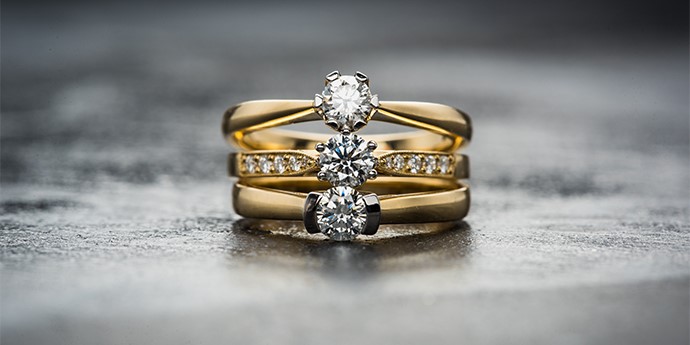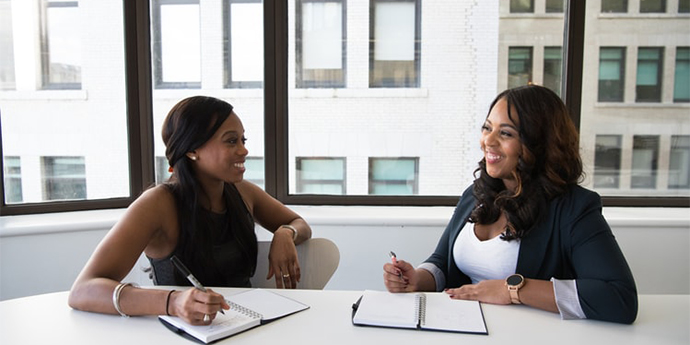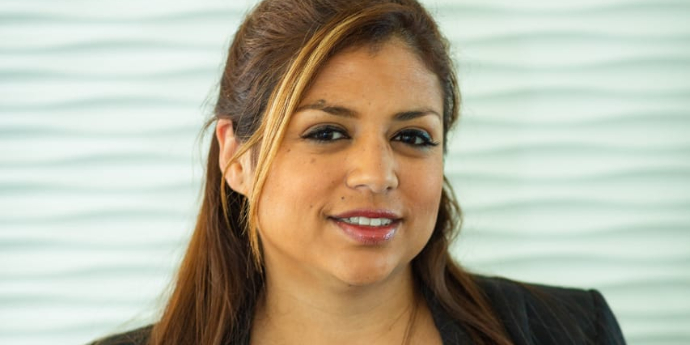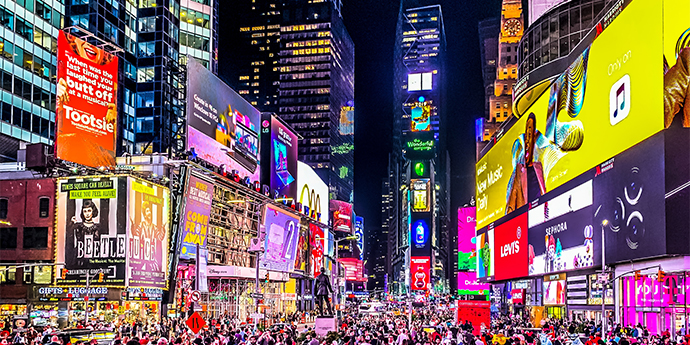World Consumer Rights Day is commemorated on 15 March as a means of raising global awareness about consumer rights and needs, and to highlight the market abuses and social injustices which undermine those rights. Since it’s also International Women’s Day in March, we asked the UCT GSB’s Associate Professor Mignon Reyneke, to share some insights into some of the consumer issues associated specifically with women.
What are some of the key issues for female consumers today?
I think despite the increased attention being paid globally to issues like self-care and health, and an appreciation of all kinds of female beauty rather than beauty by more traditional beauty standards, we still see a large amount of attention being paid in the media to western standards.
For a homegrown example, we need look no further than the Clicks / TRESemmé advertising blunder of 2020 where the ideal female hair was portrayed as soft and straight. A clear example of the promotion of western beauty standards that rightfully received backlash from South African female (and even some male) consumers.
Female consumers are particularly vulnerable to and influenced by beauty standards, and despite the very positive move towards a wider acceptance of non-western or ‘traditional standards’, particularly by celebrities and on social media, I believe we still have a long way to go. For example, a typical women’s magazine still has articles in a single issue that reads: “You are enough” followed by “Find the perfect jeans to make you look skinnier” followed by “Why Keto is the way to a new you” and finally the last section contains: “The best chocolate fudge cake recipe ever”. These contradictory messages boggle the mind, and indicate that we have not made enough progress in regards to female beauty standards.
Other than beauty standards, I think issues such as career and family (i.e. being the perfect mom and still having an enviable career) also affect many female consumers. Despite a positive movement in the direction of gender equality in terms of pay, maternity leave, equal promotion opportunity for women in many conversations and movements across the globe, these issues still pose a lot of challenges for female consumers. The COVID-19 pandemic has highlighted this, with women juggling work-from-home and home-schooling and feeling enormous pressure to be ‘doing it all’ whilst ‘having it all’. Despite the conversations about ‘doing the best you can being good enough’ and ‘make time for self-care’ filling our social media pages, I feel the media still portrays women as being either a great hands-on mother or a successful career woman, but rarely as both.
Representation in advertising and media helps shape societal values. To what extent does gender bias in advertising/marketing to consumers still exist?
In terms of gender bias in advertising, I believe marketers have made some progress. A few years ago, products such as insurance, medical aid, banking and vehicles were more specifically aimed at the male market, with more males appearing in advertisements for these products and services. I think there has been an improvement in this regard in recent years, with companies such as First for Women putting particular emphasis on this. However, a typical advertisement for BMW or Mercedes does still tend to portray the quintessential successful male consumer. While this may be a function of brand positioning, I do believe there is room for improvement across a number of product and service industries in this regard.
In this digital age, are women more likely to be vulnerable consumers, and what can be done to protect them?
Definitely, although I don’t think marketers and advertisers are solely to blame for this. Social media plays a very big role. Consumers have benefitted enormously from the access to information provided by the digital age. It has empowered them to make more informed decisions about the products and services they buy.
However, digital services, and social media in particular, come at a price in the form of access to global trends and the promotion of unrealistic beauty standards and lifestyles. Photo-editing software is available at minimal cost to most consumers, and creating the perfect selfie (with the help of filters) has become a social media staple. The rise in popularity of YouTube, TikTok and Instagram influencers testify to this trend. Most social media users only share their best images, moments and experiences, portraying the ‘ultimate lifestyle’ through their social media profiles. This is often a far cry from reality, but still becomes a yardstick by which we measure our success, either in terms of our lifestyles, our achievements, our physical appearance or even our value as women.
While this is not the fault of advertisers per-se, I think the promotion of influencers (who are often paid exorbitant amounts of money by advertisers) exacerbates this issue and adds to the vulnerability of all consumers, but especially female consumers. One could argue that these influencers would not be as successful if consumers didn’t follow them (one only needs to look at the Kardashian family as an example). While this may be true, I do believe that representation in advertising and media often helps shape societal values. Advertising offers organisations an opportunity to shape these values —be they beauty, lifestyle, career or family values —in a positive way by representing more realistic images and messages to women in particular. The overwhelming support of gender equality movements in many countries across the globe leads me to believe that female consumers would be more open to such advertising messages than we may, at present, give them credit for.

